Weeknotes 306 - boosted humans by in-ear intelligence
A short quick holiday edition of the weekly newsletter. With some thoughts on the latest in boosted humanity.

Hi, y’all!
Just like last week a short holiday edition.
Triggered thought
One of the topics in the reflections on the Apple keynote dealt with the move to acceptance of the “boosted human”. I used this term some years ago in the context of new mobility, but we see it now getting normalized for audio and conversations and for adding the AI layer as possible next. See this “3 drivers for the next decade” from 2020 and “drivers for mobility” in 2018.
The hearing aid is positioned for people losing hearing capabilities by age, but this will easily be normalized as people loose qualities at a younger age. It is, of course, a bit cynical and techsolutionism to solve a problem that is created partly by the tech themselves, the in-ear headphones. But that aside.
The FDA approved the technology already, an important step.
Also the click-for-AI function of the button, is part of this. And is well aiming for social acceptance by leapfrogging earlier tech solutions by creating a smooth and above all compelling using experience. As Apple did so many times before, I don’t need to recall this here.
Of course, there might be a scenario in which this will not play out well, mainly if there is overpromise and underdelivery from the AI, as is not happening with early devices like Rabbit and Humane, but you can make the case that this is not for the AI but for the lacking device experience, which is the domain of Apple to solve, of course.
The narrative of the Vision Pro on how it can integrate a socially acceptable intervention of personal life, making pass-through believable might be part of it. It is cringe sometimes how it is presented, but it might tone down in the way we cannot foresee, and look back on in 5 years as unbelievable. We’ll see…
Let’s connect another announcement of last week by Google on how NotebookLM making conversations of all types of content, synthetic podcasts that makes us more easily understand complex information that makes it possible to access above par complex information. It is a form of boosted humans, and what is interesting to stress is how it is orienting AI in context of human. Sometimes, people wonder why humans are interfering with the AIs working much more efficiently without humans, but we need to keep in mind that the AI is only making sense if it is in the context of human interactions with humans and AI in the mix. We as humans make the A in AI. Otherwise it is just other intelligence.
For the subscribers or first-time readers (welcome!), thanks for joining! A short general intro: I am Iskander Smit, educated as an industrial design engineer, and have worked in digital technology all my life, with a particular interest in digital-physical interactions and a focus on human-tech intelligence co-performance. I like to (critically) explore the near future in the context of cities of things. And organising ThingsCon. I call Target_is_New my practice for making sense of unpredictable futures in human-AI partnerships. That is the lens I use to capture interesting news and share a paper every week.
Notions from the news
Again, in this short edition, just some random links I captured without going through all of my RSS.
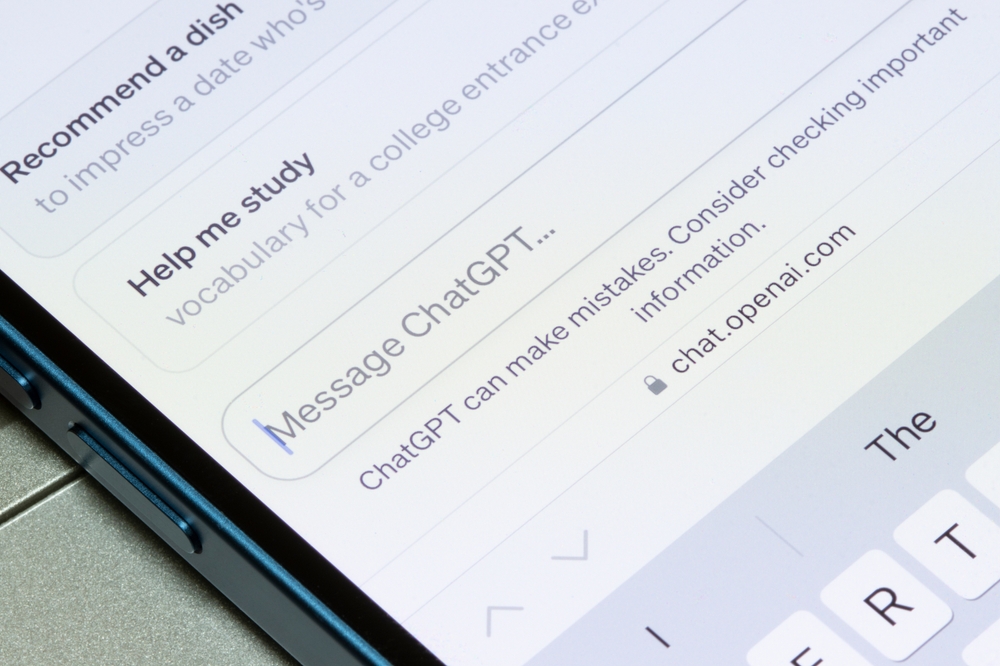
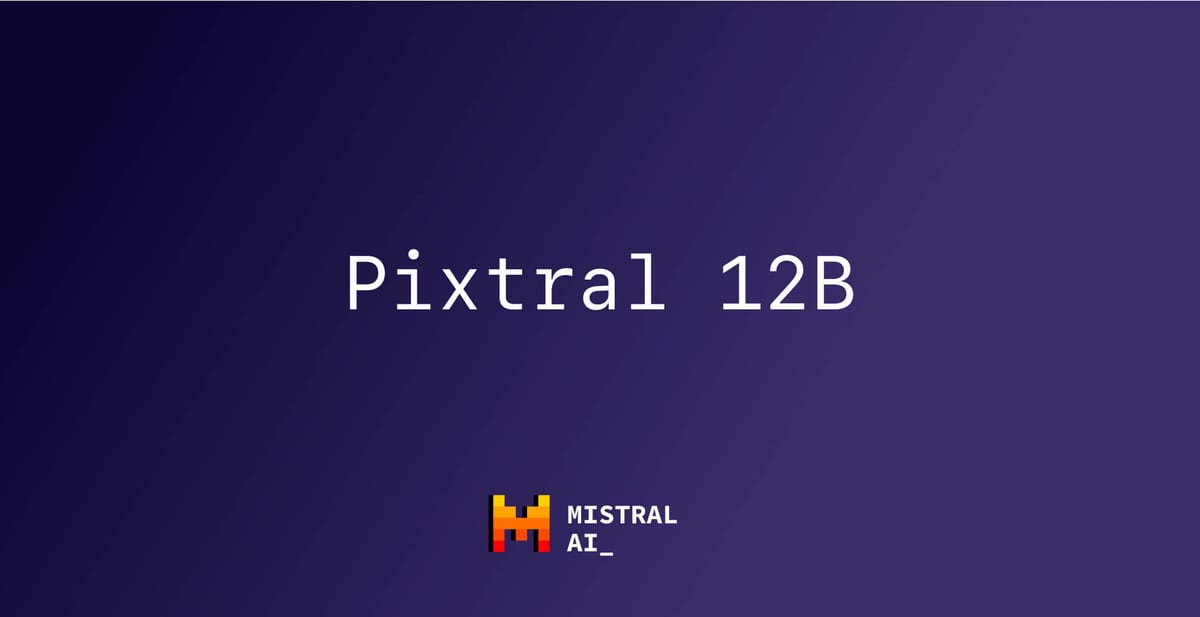

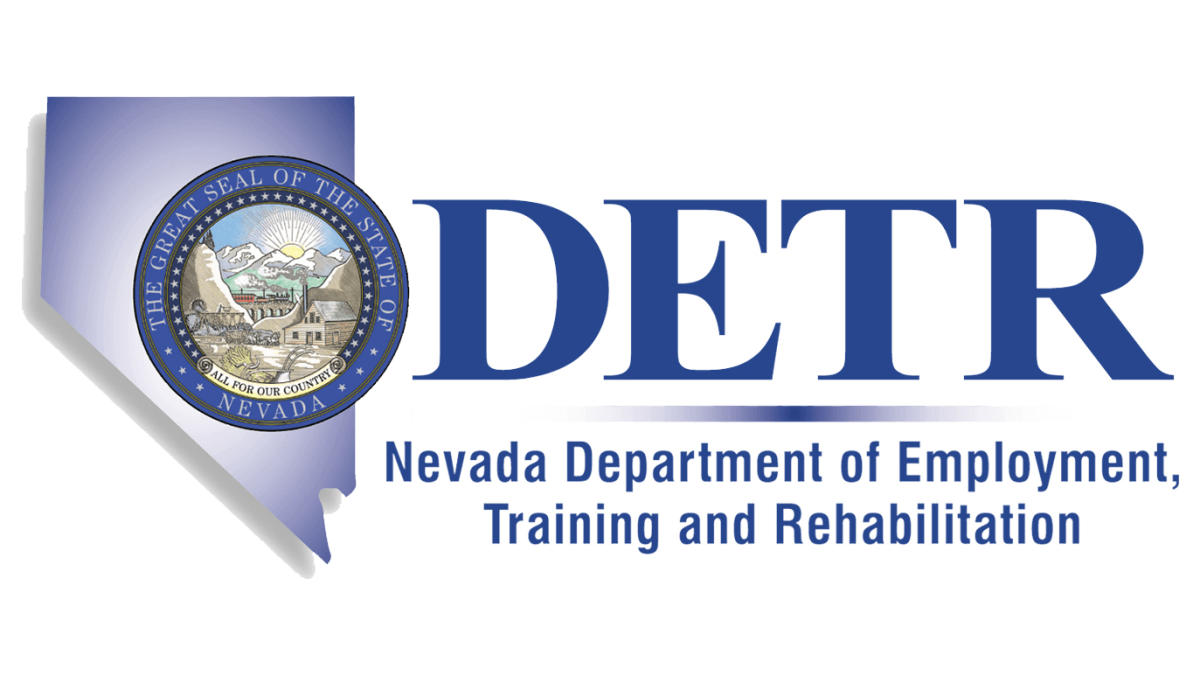

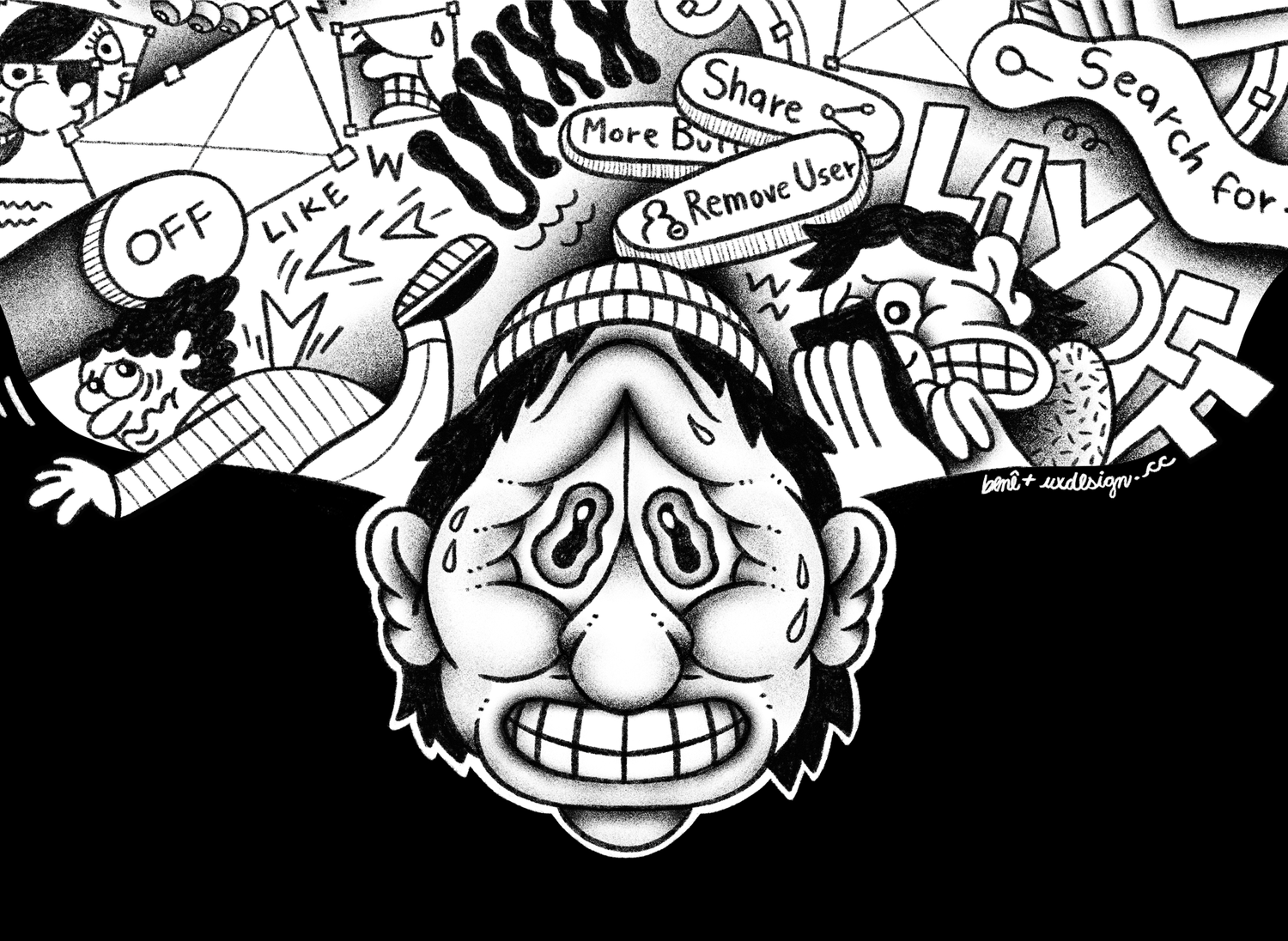

And a nice listen is the interview with Yuval Harrari on dangers of AI burocrats.
Looking forward
No promises for next week. Rain has stopped here in Bratislava, the river is still very high but the old city might remain dry. We are able to do some proper exploring of the city and around hopefully.
Don’t forget to check the latest news on TH/NGS 2024 and our call for proposals.
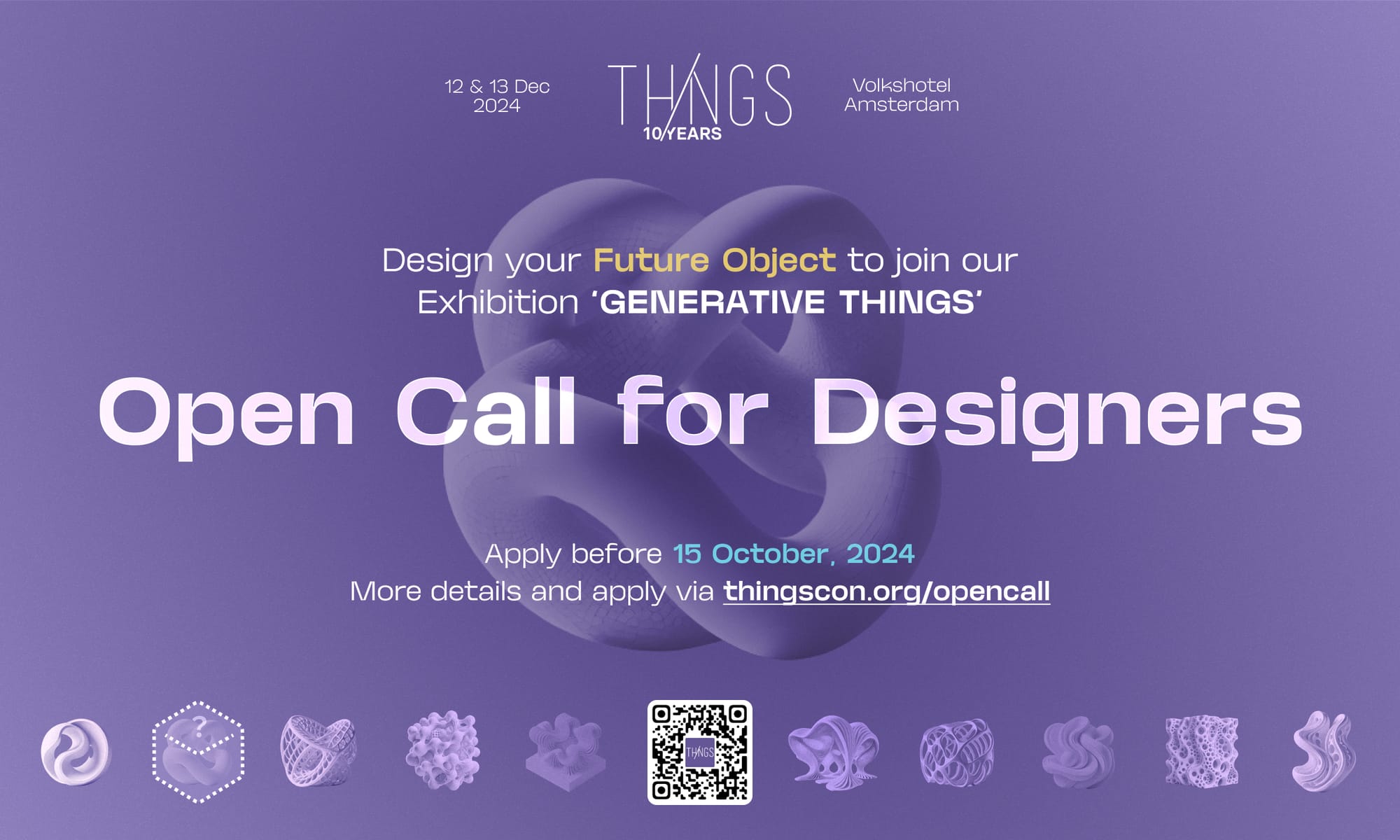
Enjoy your week!





